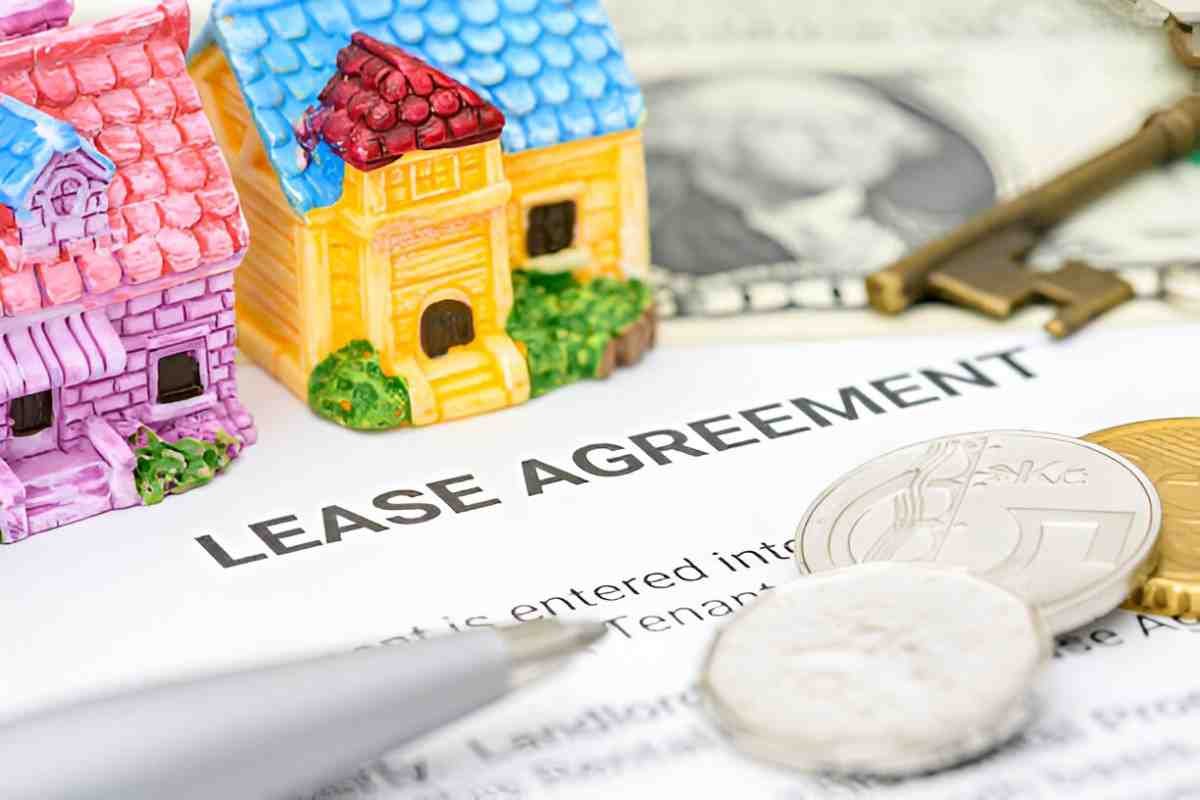Introduction
Understanding short leases in real estate is essential for investors, tenants, and property owners. A short lease, generally defined as a lease with fewer than 80 years remaining, has significant financial and legal implications. Short leases can affect property valuation, mortgage eligibility, and long-term investment potential. In this guide, I will explain the dynamics of short leases, their advantages and risks, and financial considerations, including lease extension calculations.
Table of Contents
What is a Short Lease?
A short lease refers to a property lease with a limited remaining term. In the U.S., leasehold properties are less common than in other countries, but they do exist in cities like New York and Washington, D.C. Unlike freehold properties, leasehold properties grant the lessee rights over the property for a fixed period.
Key Characteristics of Short Leases
| Feature | Description |
|---|---|
| Remaining Term | Usually under 80 years |
| Property Ownership | Leaseholder has rights over property, but not land |
| Mortgage Eligibility | Difficult to obtain financing for very short leases |
| Value Depreciation | Property value declines as lease term shortens |
Financial Implications of a Short Lease
A short lease affects financial decisions, from mortgage approvals to property resale values. Lenders prefer longer leases since properties with shorter leases have a higher risk of losing value. The cost of extending a lease increases as the remaining term decreases.
Lease Extension Valuation
The cost of a lease extension depends on the current lease term, the property’s value, and the ground rent. The general formula for lease extension cost is:
C = (PV_{\infty} - PV_L) + ext{Marriage Value}where:
- PV_{\infty} is the present value of the freehold interest assuming an infinite lease,
- PV_L is the present value of the remaining lease,
- Marriage Value accounts for the increase in property value after lease extension.
Example Calculation
Assume a property worth $500,000 with 70 years remaining on the lease. The ground rent is $2,000 per year, and the capitalization rate is 5%.
PV_L = \frac{2,000}{0.05} \times \left(1 - \frac{1}{(1.05)^{70}}\right)Using this formula, I calculate the lease’s present value. The cost of extension depends on additional valuation factors.
Legal Considerations for Lease Extensions
Leaseholders often have statutory rights to extend their leases. In the U.S., these rights depend on state laws and contractual agreements. Some common conditions include:
- Minimum ownership period (e.g., at least two years before requesting an extension)
- Negotiation with the freeholder based on property valuation
- Payment of lease extension premiums
Short Lease vs. Long Lease: Key Differences
| Factor | Short Lease | Long Lease |
|---|---|---|
| Value Depreciation | Faster as term shortens | More stable |
| Mortgage Eligibility | Limited | Easier to finance |
| Lease Extension Cost | Higher | Lower or negligible |
| Investment Potential | Riskier | More predictable |
Strategies for Dealing with a Short Lease
If I own a short-lease property, I consider these options:
- Extending the Lease – I calculate the extension cost and negotiate terms.
- Selling Before Lease Value Drops – If extension costs are too high, selling may be a better option.
- Renegotiating Ground Rent – High ground rent affects lease extension costs.
- Buying the Freehold – In some cases, collective enfranchisement allows leaseholders to buy the freehold.
Conclusion
Short leases pose financial challenges, but with careful planning, I can mitigate risks. Lease extension calculations, legal considerations, and financing constraints all influence my decision-making process. Understanding these dynamics helps me make informed choices about buying, selling, or extending a leasehold property.





